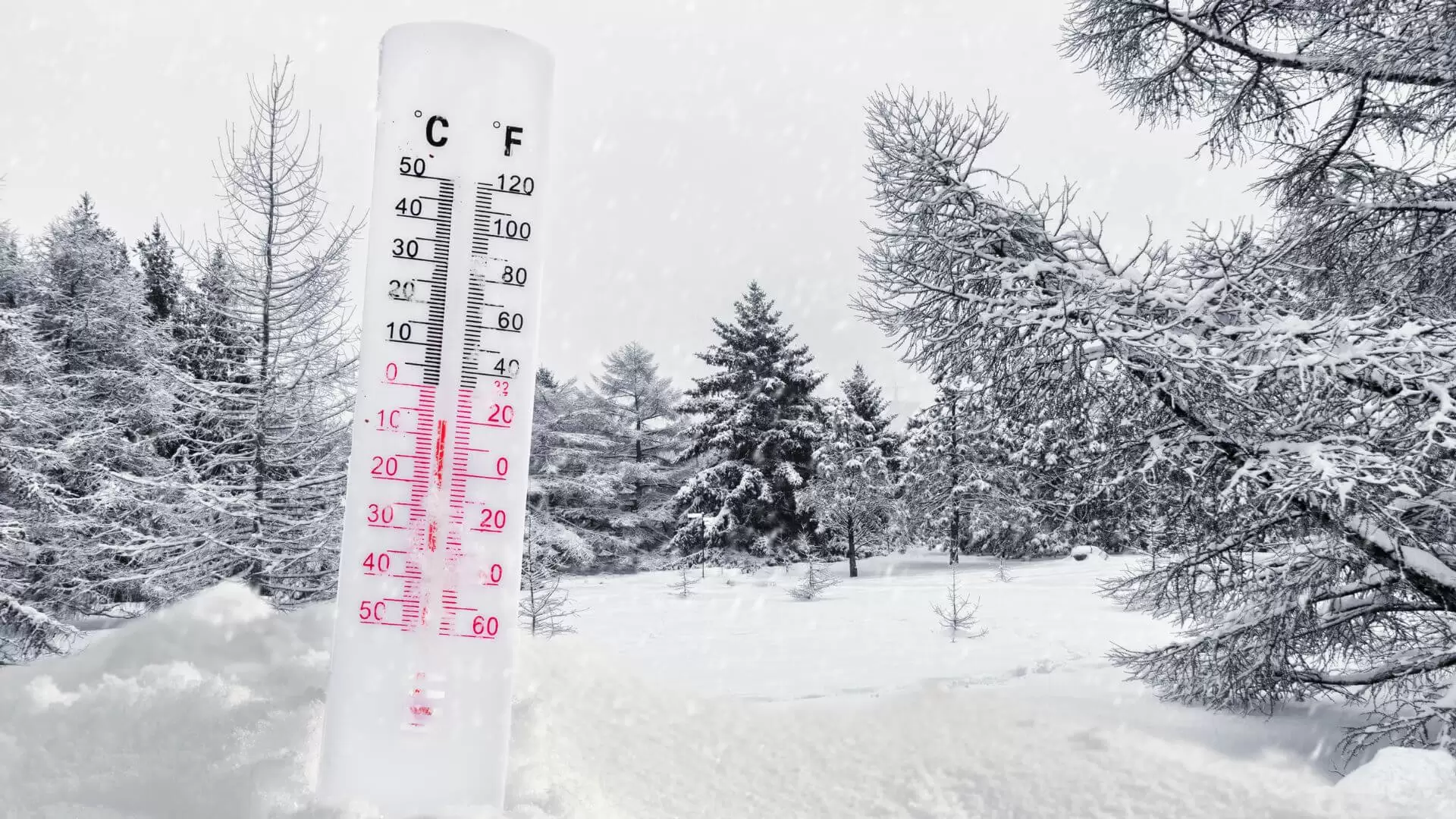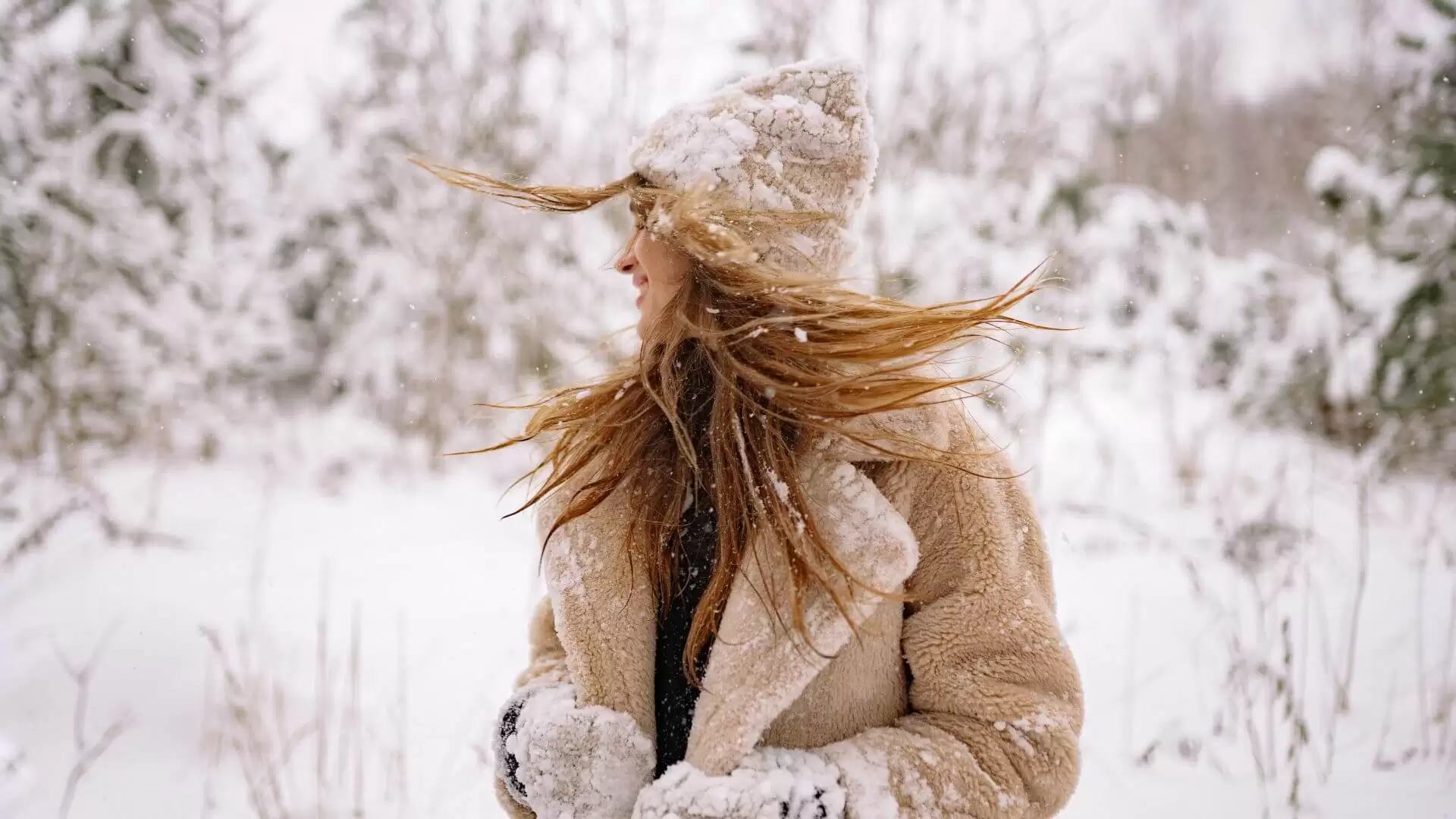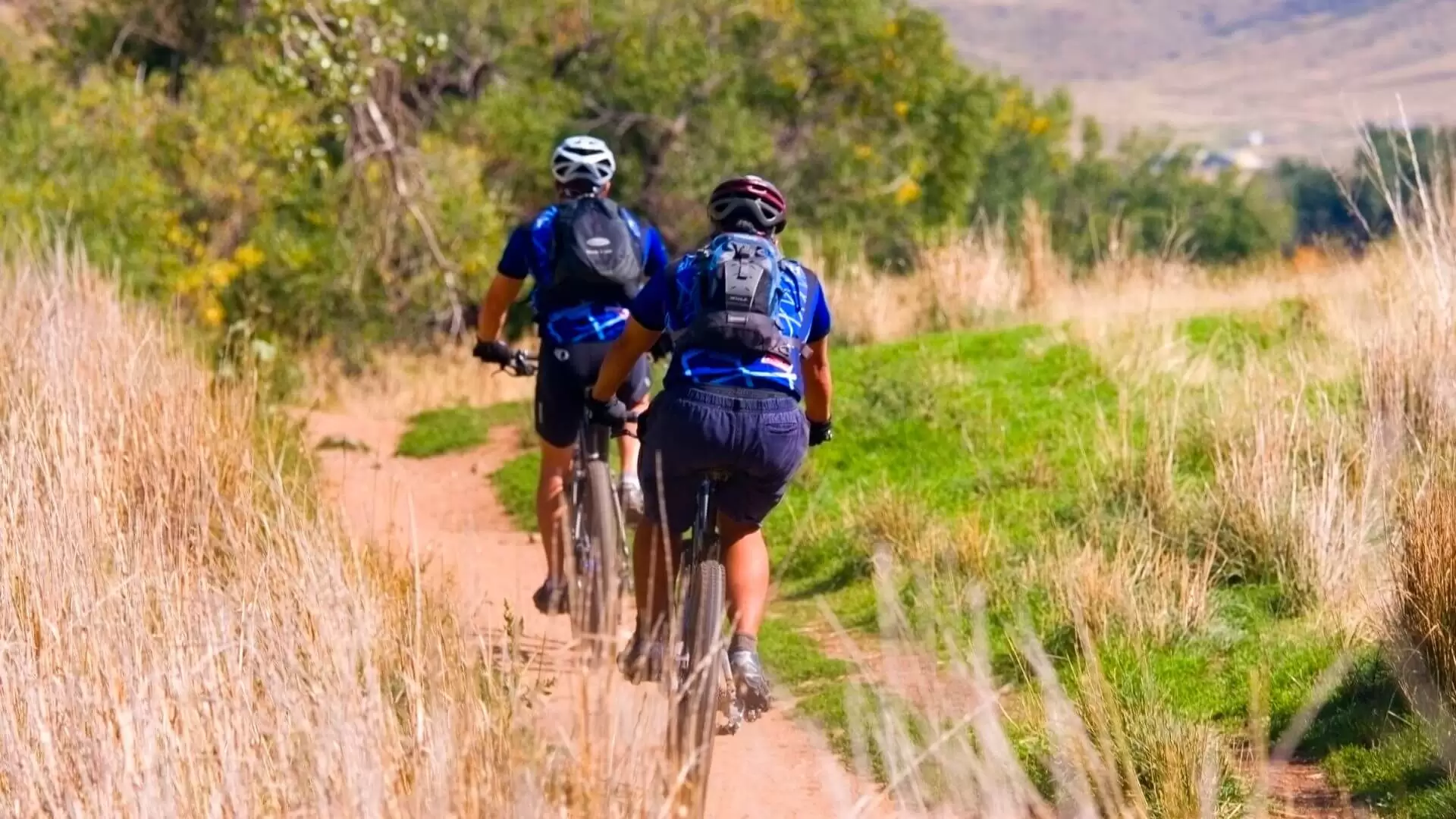Training in winter helps strengthen the immune system, increases cardiac capacity, and improves our mood overall.
We have all heard at some point that the cold forces our body to maintain its stable temperature like the warm-blooded animals that we are, investing in a greater burning of calories. However, low temperatures also invite us to consume more robust foods and dishes that are rich in carbohydrates and fat.
This is where biology offers us a unique winter dichotomy, helping us burn more calories on the one hand, but instinctively leading us to consume more through food to counteract it.
As the experts at Reto 38 explain, knowing this, it seems easy to come to the conclusion that, by controlling our fat accumulation instinct, we will have everything in our favor to benefit from such a situation, but, being realistic, it is in training where the one that we must put our effort to achieve it taking advantage of the increase in metabolism that doing it with cold gives us.
The cold forces our body to burn more calories to maintain our temperature, something due to a greater extent to peripheral arterial constriction, responsible for the pallor caused by low temperatures when the body sends all the blood possible to the interior of the body as mechanical protection of vital organs.
The cold forces our body to burn more calories to maintain our temperature, something due to a greater extent of peripheral arterial constriction
To warm-up, the body needs a higher caloric investment, which remains high during training to stabilize it.
Training in winter helps strengthen the immune system, increases cardiac capacity, and improves our mood overall.
Improves peripheral circulation, which is slowed down naturally with low temperatures, and we see with the naked eye in the form of paleness and dryness in the skin due to the lower amount of irrigation and, therefore, oxygen and nutrients.
BEFORE AND AFTER TRAINING IN THE COLD
Whether indoors or outdoors, sportswear should keep us warm, but not overwhelm us, for which we will look for garments with long sleeves and long legs made of suitable breathable technical materials and/or natural cotton. Hats, scarves, and gloves will only be necessary if temperatures are below 3º and only outdoors.
Hydration is still essential to offer the body an optimal water reservoir during training, although cold often confuses thirst and we usually drink less when cold, so we should drink enough fluids (water or natural juices) during the previous hours.
Stretching should continue to be a priority in the cold, both before and after training, since low temperatures tend to contract the muscle fibers and, therefore, not doing them carries a greater risk of injury.
The shower and hygiene after training in winter should not be done with very hot water but rather lukewarm water since, despite the relaxation and sedative effect that it offers to the muscles, it slows down its correct progressive cooling and favors the dehydration of the skin and the possible rupture of epidermal capillaries



